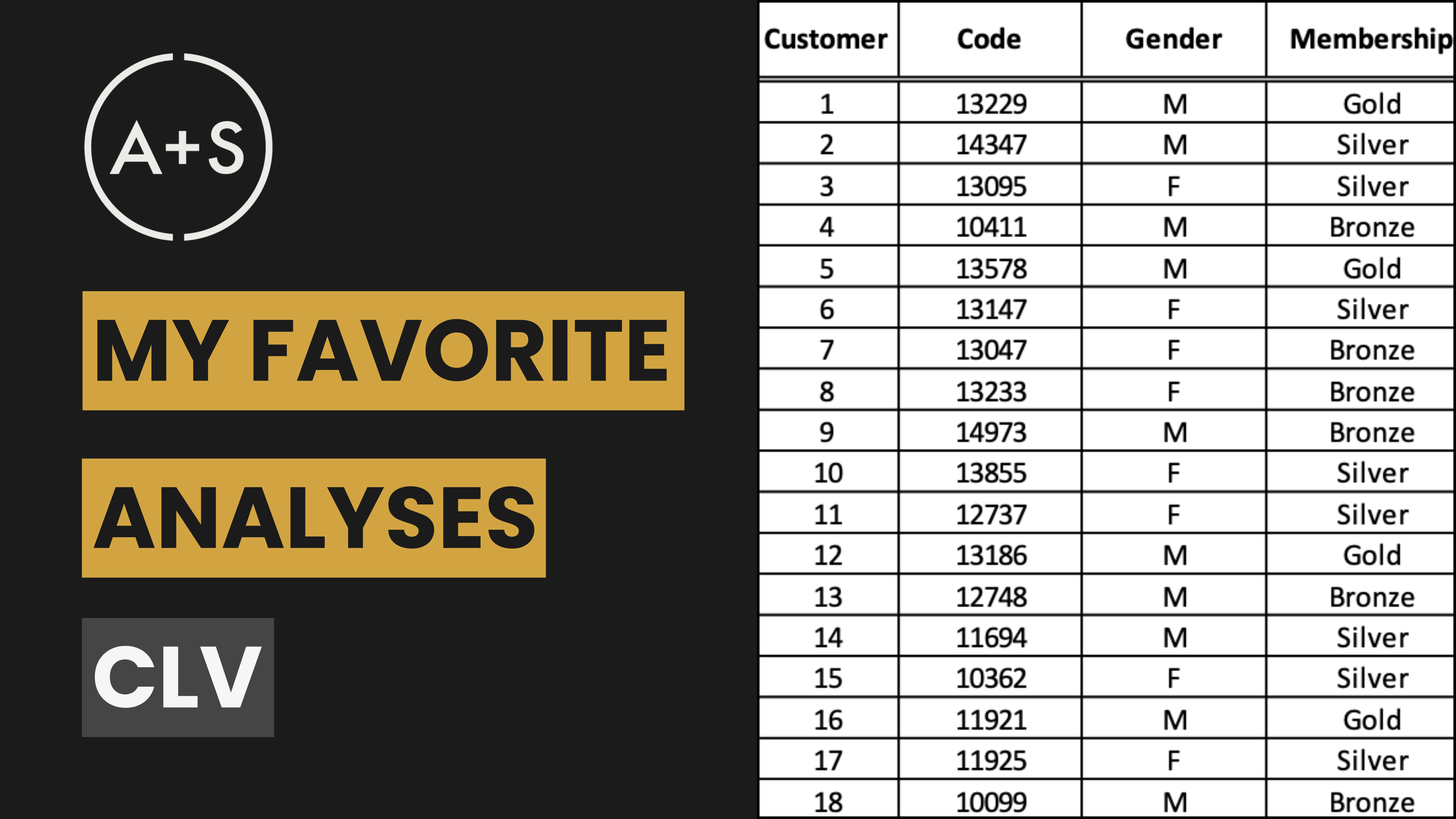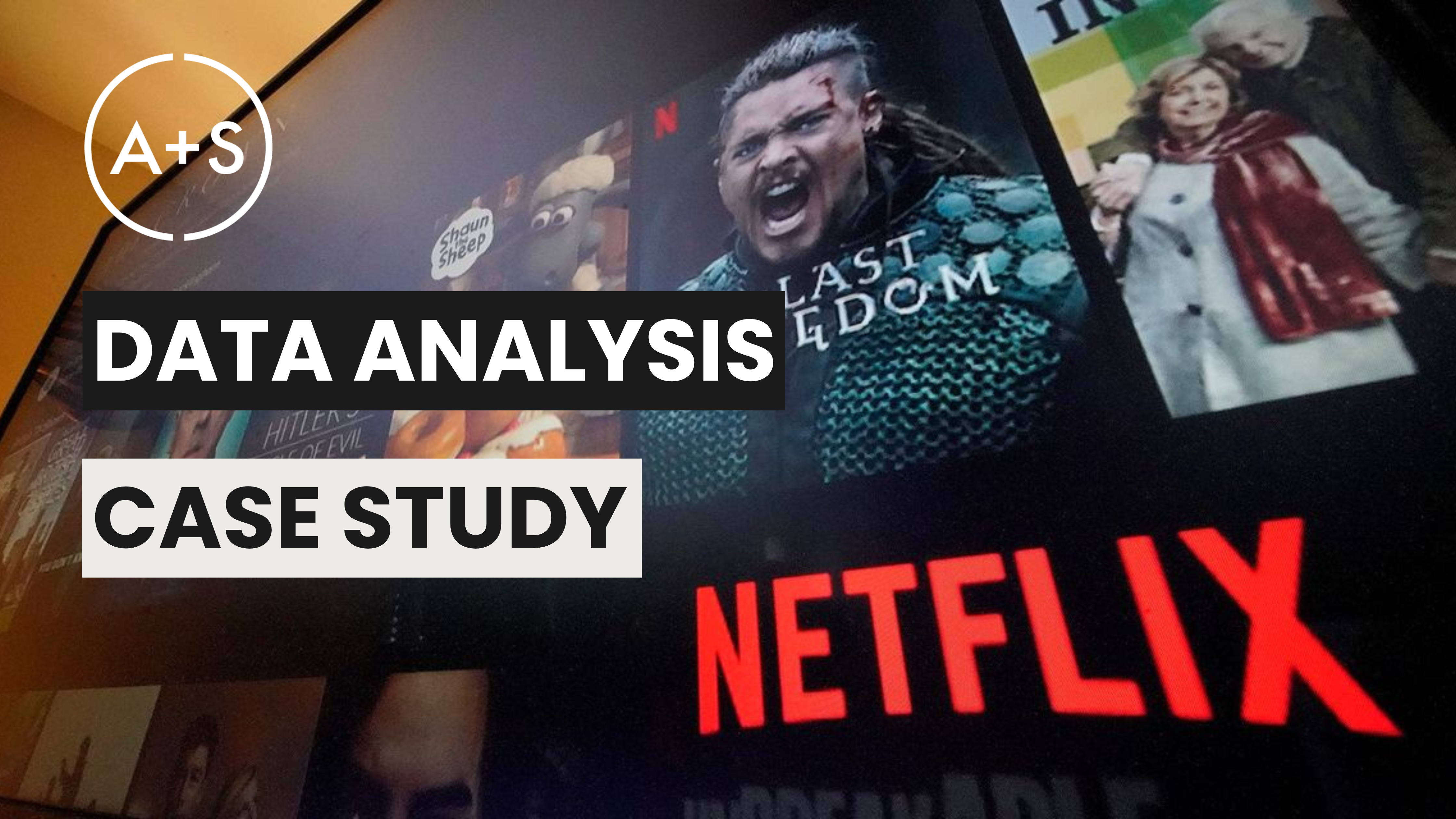Last time, we outlined the strategy for reacting to rejection. We gave you a framework for decoding the “no” when a stakeholder dismisses your work. It is a critical skill for surviving in this field.
But survival is not the goal. Leadership is the goal.
The reactive strategy outlined last week is your defense. This week, we build your offense. We are going to stop rejection before it has a chance to form. We will make the “no” impossible.
The most valuable work you do happens before you analyze a speck of data. It happens before you pull a single dataset. It happens when you learn to look past the surface-level request and find the real problem. This is how you find the ask behind the ask.
THE OPPORTUNITY / THE CORE CONCEPT
A stakeholder sends you a request: “I need a report on website traffic from the last quarter, broken down by channel.”
The average analyst says, “Okay.” They build the report. They deliver the data. They have fulfilled the order. They have acted as a service center and done nothing to create real value.
Your job is not to be an order taker. Your job is not to run a data vending machine. Your job is to solve business problems.
The stakeholder’s request is not the problem; it is a symptom. It is their best guess at what they need to solve a deeper, unstated issue. The great analyst understands this. They act like a doctor, not a pharmacist who simply fills a prescription. When a patient says, “I need painkillers,” a good doctor doesn’t just write a prescription. They ask questions: “Where does it hurt? What were you doing when the pain started? How long has this been going on?”
The doctor diagnoses the root cause. They treat the broken bone, not just the pain.
The initial data request is the pain. Your mission is to find the broken bone. This is the essence of “The Ask Behind The Ask”—the structured process of uncovering the true business challenge hidden beneath a superficial query. This is the single biggest shift you can make. It elevates you from a technician to a strategist.
STRATEGIC FRAMEWORK
Uncovering the real ask is not a single action. It is the result of achieving three distinct objectives. Master these concepts, and you will move from reacting to requests to defining the very problems the business needs to solve.
The first pillar is to Uncover The ‘Why’. You must treat every stakeholder request as a symptom, not the root cause. The initial query—the report, the chart, the data pull—is simply the starting point of an investigation. Your first objective is to look past this surface-level request and find the true business driver behind it. What event, pressure, or opportunity triggered this question? A great analyst never takes the initial ask at face value; they deconstruct it until they expose the fundamental “Why.”
The second pillar is to Translate the ‘Why’ into ‘What’. Once you understand the true business problem, you must design the correct analytical solution. A powerful “Why” paired with the wrong data is a recipe for failure. This is a critical translation step: turning a business need into a specific analytical plan. What metrics truly matter? What datasets are required to get an honest answer? What is the most effective way to model the problem? This is where you architect the analysis, ensuring your technical approach is perfectly aligned with the strategic goal.
The final pillar is to Define Success. Hope is not a strategy. The last objective is to establish a clear, shared vision of victory before you begin. A project is not successful when you deliver a dashboard; it is successful when the business achieves a specific, measurable result. By working with your stakeholder to define the “home run” outcome upfront, you ensure your analysis is aimed at a target that actually matters. This provides clarity and protects your work from subjective feedback later.
THE ANALYST’S PLAYBOOK
This framework is not theoretical. It is your new standard operating procedure, starting now.
- Receive the Request. Acknowledge it, then stop. Do not open your query tool. Do not start building a dashboard. Your immediate task is not execution; it is interrogation.
- Schedule a 15-Minute Discovery Call. Do not try to solve this over email or chat. Formalize the process. Put time on the calendar. This signals that the request is important and requires strategic thought, not just a knee-jerk report.
- Ask: “Why?” This is your most powerful opening question. It uncovers the context and urgency behind the request. Their answer will reveal the business trigger, the recent failure, or the upcoming opportunity that prompted their email.
- Ask: “What Decision Will This Inform?” This is your second critical question. Get specific. Pin them down. Move from the vague (“we want to understand our users”) to the concrete (“we need to decide whether to invest in our mobile app or our desktop site”).
- Ask: “What Does a Home Run Look Like?” This question aligns you both on the definition of success. It forces the stakeholder to articulate the ideal business outcome. Write down their answer. This is your project’s north star.
- Re-state the Problem. After asking these questions, re-frame the initial request. Say, “So, to make sure I understand, the goal here is not to get a quarterly traffic report. The real goal is to identify our most profitable acquisition channel so you can confidently double down on that budget for next quarter’s planning. Is that correct?”
- Get Confirmation. Once they agree to your re-statement, that is your mandate. The superficial ask is dead. The real ask is now the project. Follow up with an email summarizing this new, focused objective. This is your charter. It is your protection against scope creep and your blueprint for delivering value.
FINAL THOUGHT
There are two types of analysts in the world. There are order takers who live in the comfortable world of fulfilling requests. They produce reports. They answer the question that was asked. They remain a support function.
Then there are the problem solvers. They live in the uncomfortable but powerful world of defining the problem. They produce outcomes. They answer the question that should have been asked. They become leaders.
The choice of which you become is yours. This is how you build influence and deliver value that cannot be ignored.
Keep Analyzing!




